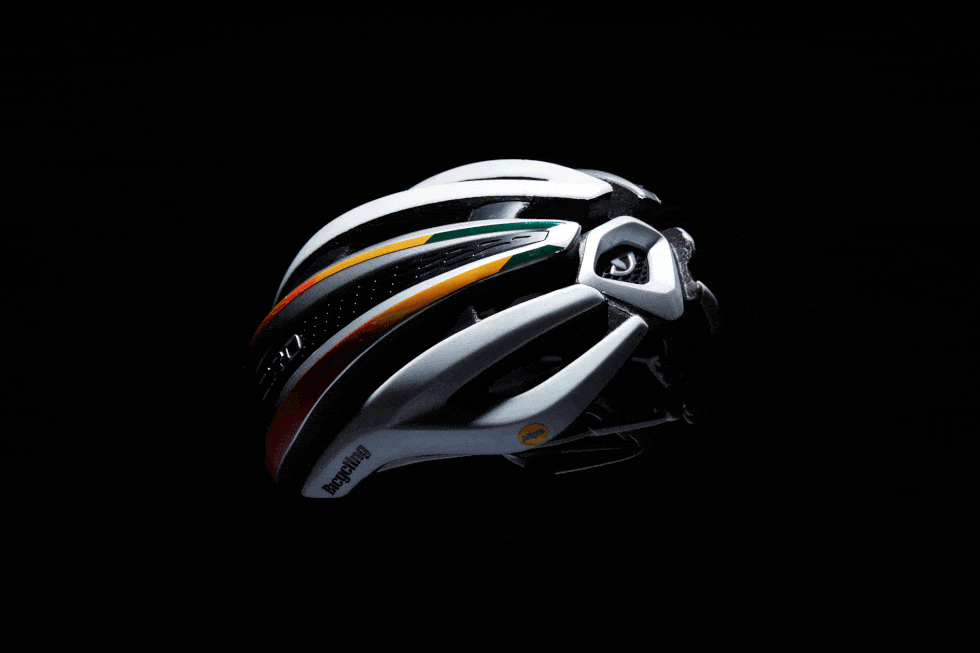5 Things You Need To Do After A Bike Crash
Crashes happen. Here's the right way to check in with your body and your bike before rolling again.
If you ride a bike, you’re almost definitely going to crash. Sorry about that.
When the inevitable occurs, first check and make sure you don’t have any major injuries – before you even get off the ground. If all of your limbs are attached and intact, and you’re not seeing three bikes where there’s only one, move quickly to a safe spot off the road or out of the way of other riders and start assessing.
Bicycling’s Post-Crash Checklist
Slow Down
Dr. Michael Ross has seen all kinds of cycling-related injuries. He’s also heard cyclists insist that they were fine, only to watch them crumple back to the ground when they tried to stand. The best thing you can do for yourself after a bike crash, he says, is to take your time getting up and moving around. You don’t need to jump back on your bike as fast as possible – slow down and assess the damage to yourself and your bike before pedalling off. “Before you start riding, can you walk around?” he asks. “Can you move your arms in all directions? Can you look up, down, left and right without any pain?” Take a minute and assess, then decide whether you can pedal off – or need to wait for help.
Basic First Aid
Before anything else – even before you get up – check your body. Can you feel all of your limbs, are all bones still under your skin, and is there a lot of blood? Don’t risk moving too much if you feel seriously injured: instead, call for help and seek medical attention. Ross says that if you can lift your bike without major pain, your upper body is fine, and if you can walk, you can probably pedal out of the woods. “All joints should move and be able to bear weight,” he adds.
RELATED: What To Know If You Think You Have A Concussion

Concussion
Checking to see if you bent or cracked your helmet is a quick way to assess whether you hit your head on a ride, Ross says. “If you can remember this article, you’re probably OK!” he says. If you have a concussion, you’ll probably be disoriented and confused; if you don’t know where you are right away, Ross says, it’s likely you’ve got one. “When you’re riding along, you have all these endorphins and feel really good, so take the time to settle down to check how you’re really feeling,” he adds.
If your body is OK – just bruised or slightly banged up – you can move on to assessing your bike. When Scott Kelly, head mechanic for Scott-3Rox Racing, is working the pit at a race and a rider comes running in with a banged-up bike, he looks for a few key things.
Wheels
When a rider brings in a crashed bike, Kelly checks the wheels first. Typically, the wheels take the brunt of the crash, and incur the easiest problems to diagnose. Regardless of how you crashed, Kelly recommends checking that the tyres hold air, that the wheels are true, that there are no broken spokes sticking out, and that the brakes – cantilever or disc – haven’t jammed up. Once that’s done, you can give components a once-over.
RELATED: What Happens To Your Body During A Crash
Components
Kelly always checks the position of the brake levers and shifters on any bike after a crash. He says it’s usually easy to push them back into place, but you don’t want to ride away only to realise your lever is so tilted that it’s hard to grab. He also checks for a bent derailleur hanger before he shifts gears, since it could snap as soon he clicks the shifter. Then, examine the chain: Is it jammed, are there any frozen links, and is it still in one piece? Finally, just do a quick check on your saddle to make sure it’s still firmly attached to your seatpost.
Frame
The last thing Kelly checks is the bike frame, inspecting carefully for cracks or deep scratches. This becomes more important on a carbon frame, since a crack can quickly turn into a serious problem as you pedal away, whereas bends and cracks in aluminum or steel frames tend to be more forgiving.
Be Prepared
It’s important to have everything you’ll need in case of a crash – especially when you’re planning an adventure to the middle of nowhere. Always carry basic bike tools – a multi-tool, chain link, spare tube, and mini-pump, at least – plus a few basic first aid supplies, like a large bandage and some Ace wrapping, so you can create a splint or secure gauze (or a wadded up base layer) to cover a wound. Having an app like FindMyFriends or even a helmet with an emergency tracker can also help prevent you being stranded far from help. Mitigate your risks so that when you do crash, it’s not a cause for blind panic.
READ MORE ON: bike crash concussion training



